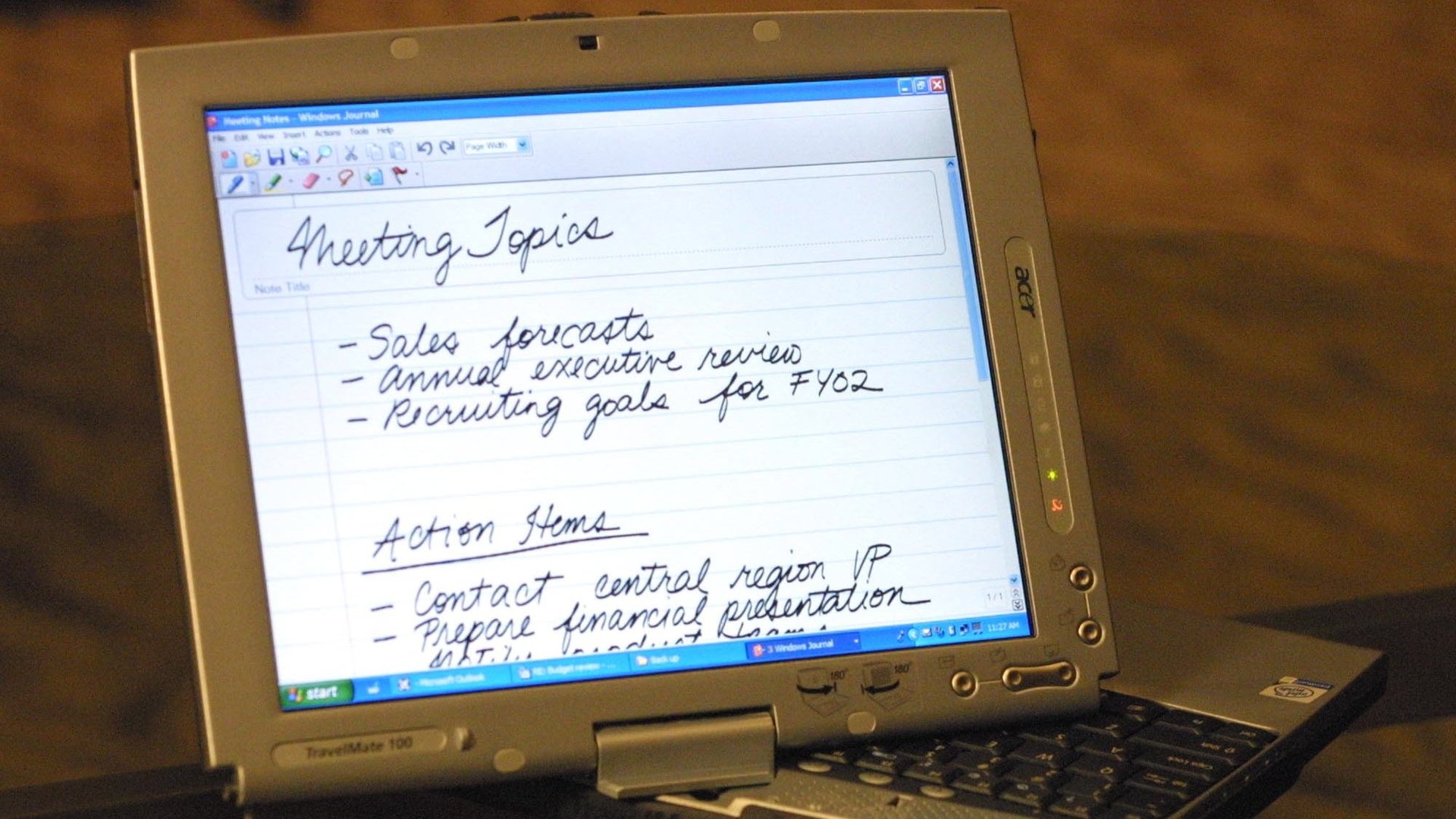What if you could turn any smartphone into a tablet?
One look at the market for bizarre, hybrid phone-tablet devices, which includes Phablets, PadFones, Gigantophones and other lexicographic monstrosities, suggests that smartphones—or at least their owners—are beset by an existential crisis. All of us want truly portable computing, which would suggest smaller is better. But we also want big screens in order to properly enjoy the content that we’re all so addicted to having at hand.


One look at the market for bizarre, hybrid phone-tablet devices, which includes Phablets, PadFones, Gigantophones and other lexicographic monstrosities, suggests that smartphones—or at least their owners—are beset by an existential crisis. All of us want truly portable computing, which would suggest smaller is better. But we also want big screens in order to properly enjoy the content that we’re all so addicted to having at hand.
Into this fray comes an entrant that promises to let us have our screen and eat it—the PhonePad, from a small UK company called Eicus. It promises to transform the Samsung Galaxy S2, S3 and S4 smartphones into a tablet. Simply plug them into the PhonePad’s 10-inch screen and, voila, the phone’s complete interface, all your apps, and your existing data plan are now displayed on a tablet-size touch-screen that will retail for as little as ₤150 ($230). It’s a lot like the Asus PadFone Infinity, only that device is a combination of a tablet and phone which cannot be mated with any other tablets or phones. BlackBerry also had a go at this category, with the ill-fated BlackBerry Playbook, which could wirelessly pair with a BlackBerry smarphone.
The one hands-on review of a PhonePad that we’ve found is distinctly lukewarm, saying that “the build quality has a Britishness all of its own, in that it wasn’t particularly good.” But it does note that it’s a pre-production model.
What makes the PhonePad possible, according to the head of Eicus, is the unique, multi-purpose “MHL” port that has been present on the bottom of the Galaxy line of smartphones since the S2 version. Which means that even if Eicus’s attempt fails, somebody else will probably try another version. And you can bet there will be a market for it. As we’ve outlined previously at Quartz, an opportunity a lot of these dual-identity devices address is that, increasingly, our phones are powerful enough to be computers unto themselves. And as Google’s Android mobile operating system becomes sophisticated enough to allow us to do “real” work on our phones and tablets, some people at least are going to want to keep all that work and all those apps on a single device where the experience is consistent.
After all, we take it for granted that we can connect our laptops to external monitors, keyboards and projectors. Why shouldn’t we want to accessorize our phones the same way? Especially if by doing so we can save on buying tablets and or laptops and keep all our information together more easily.